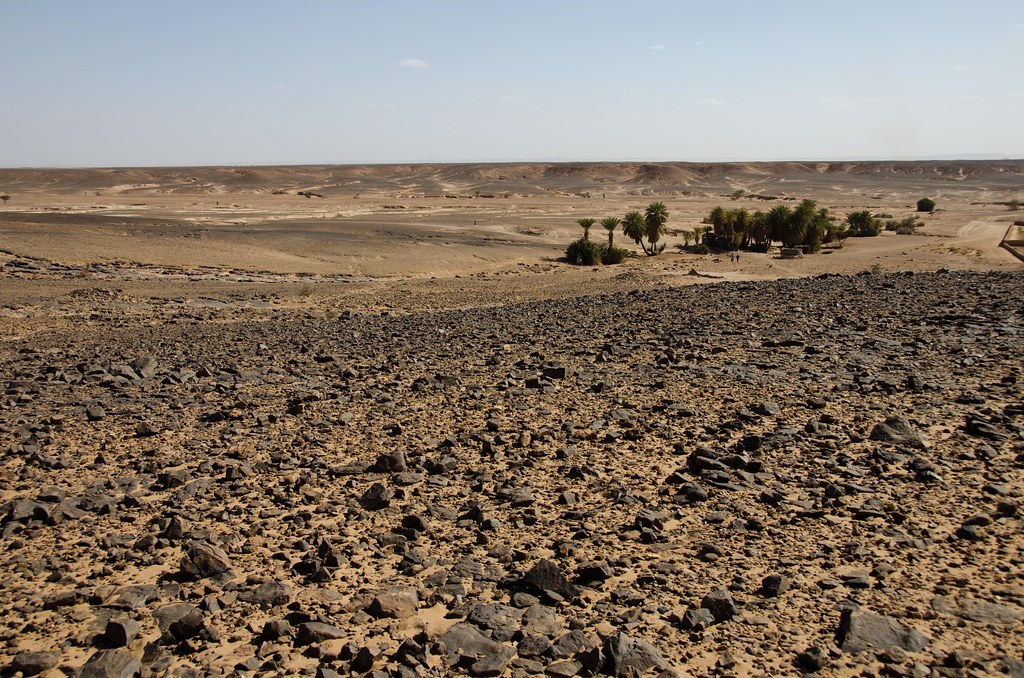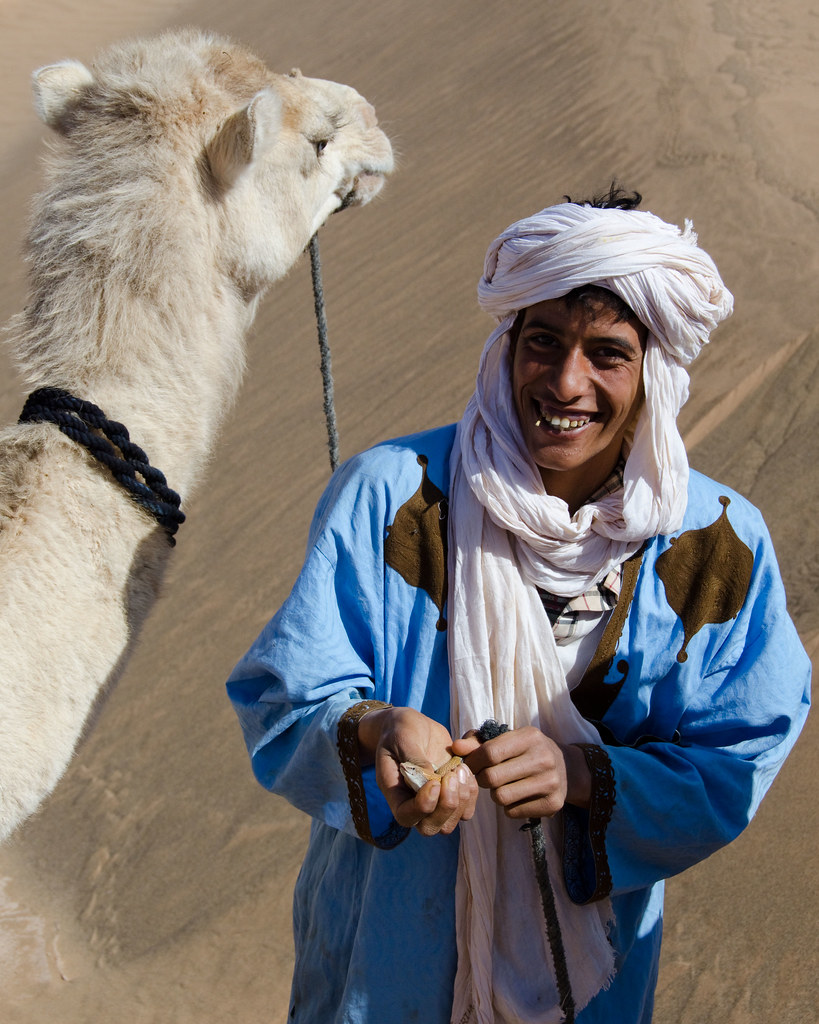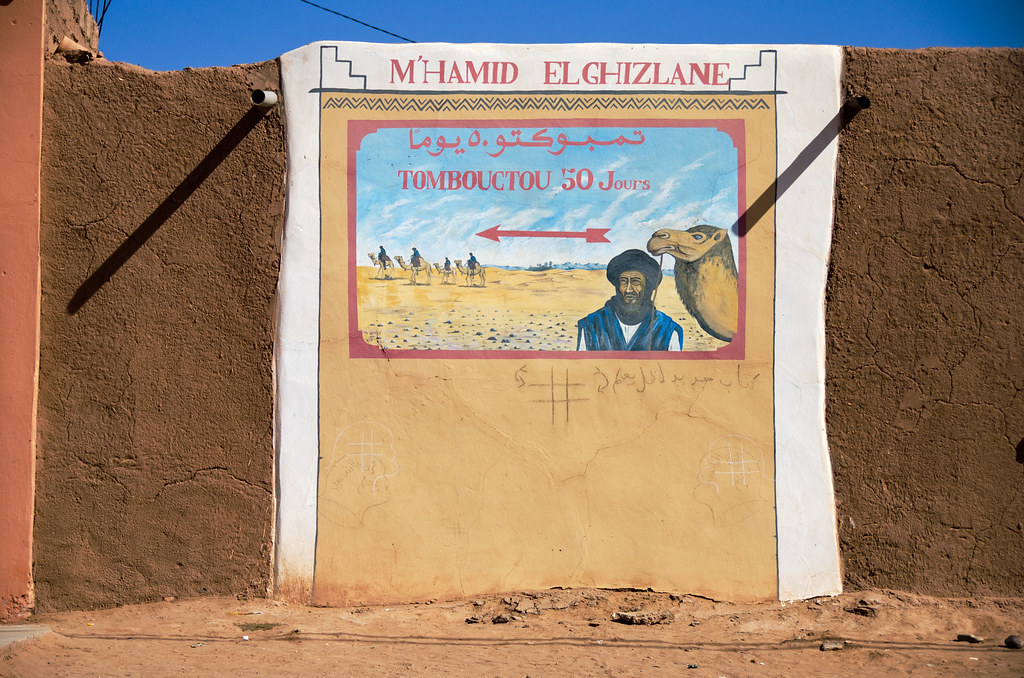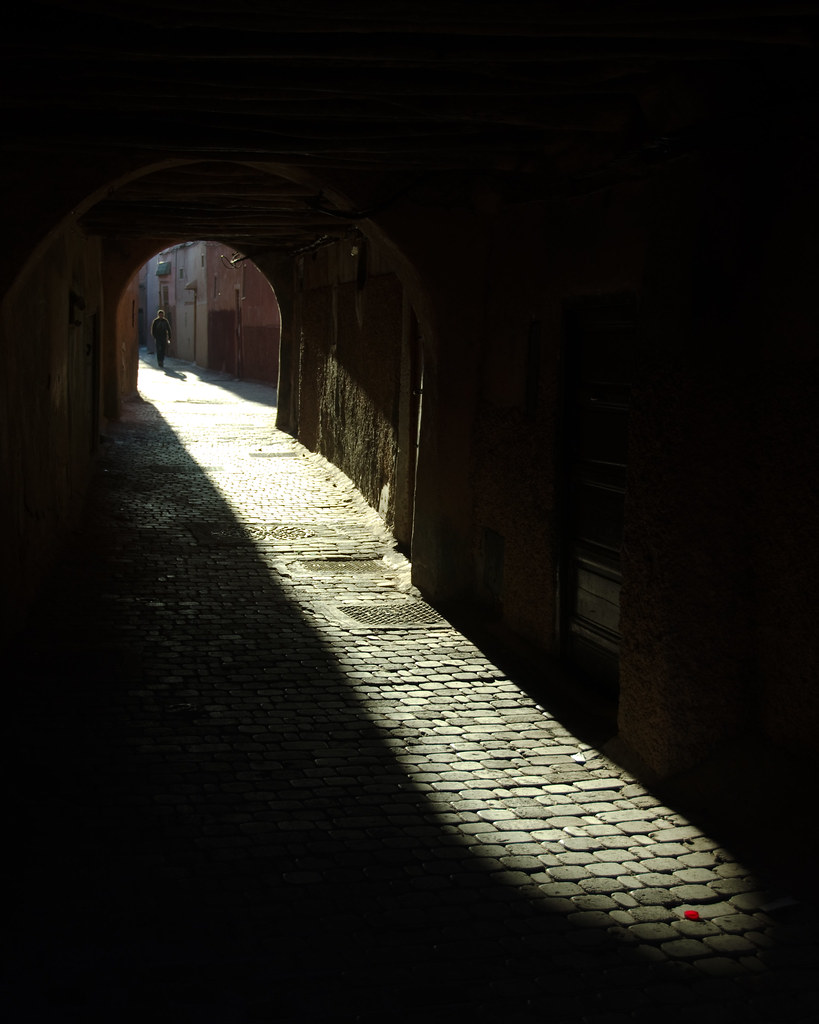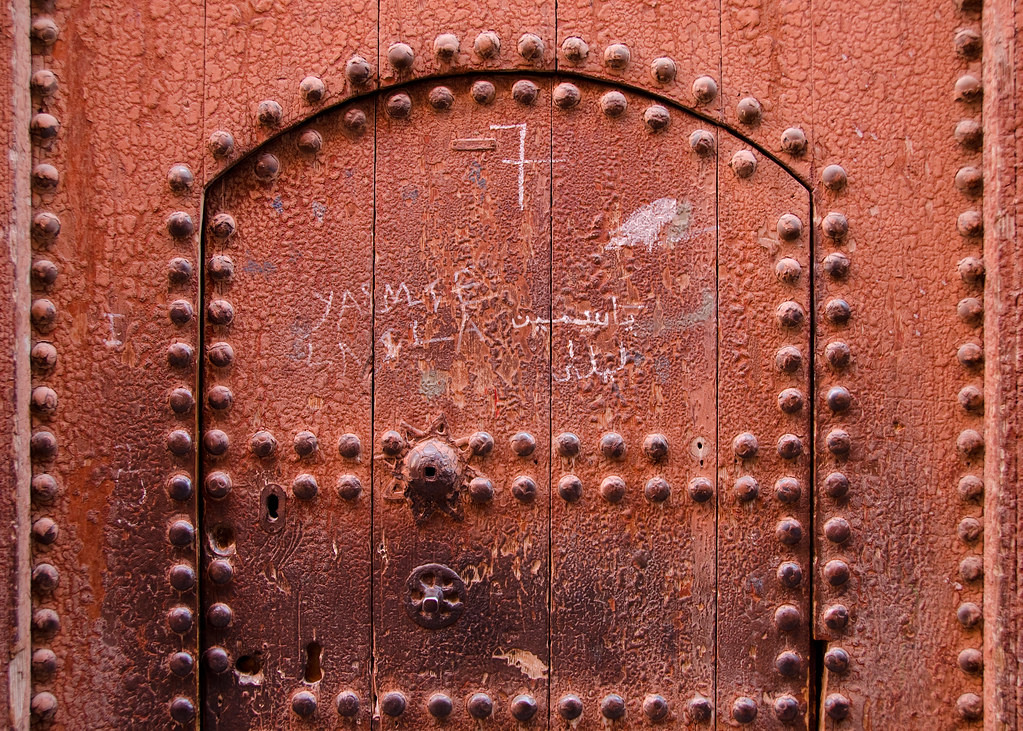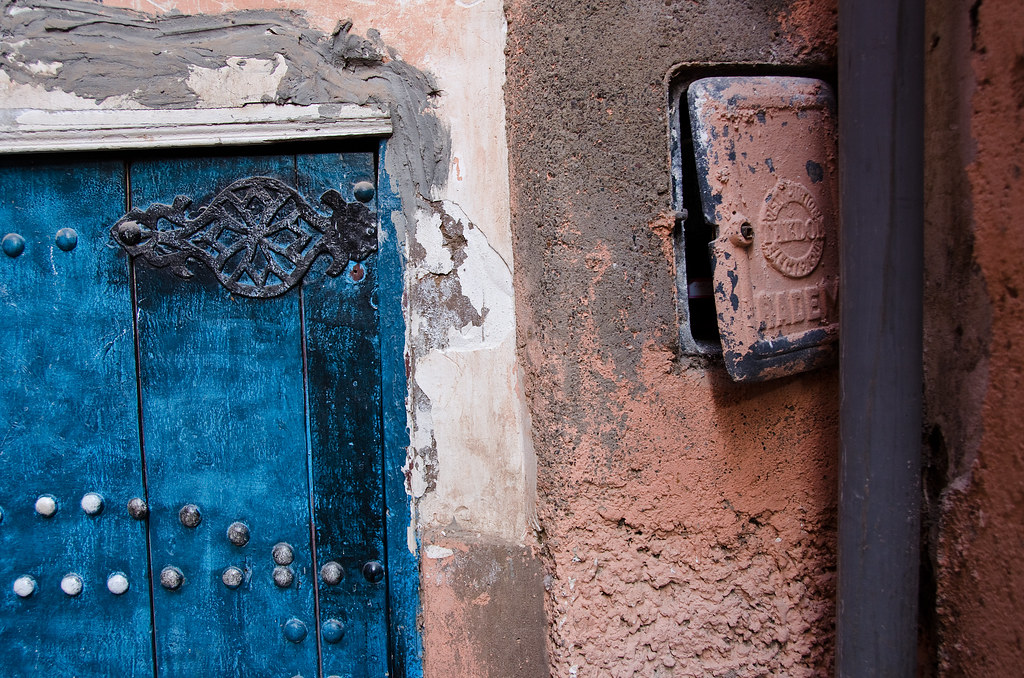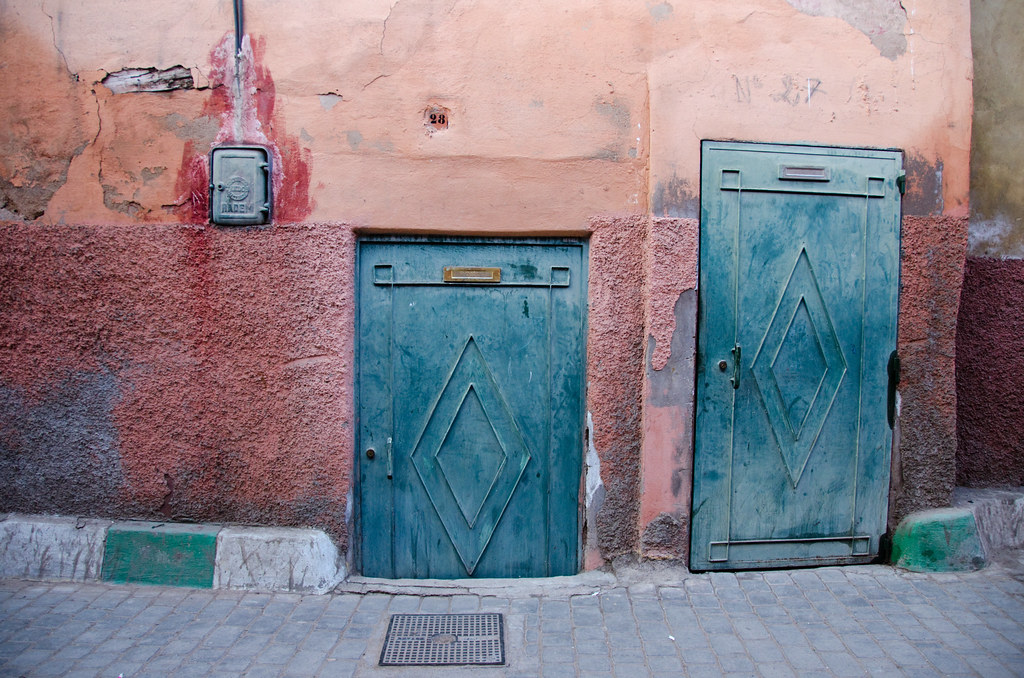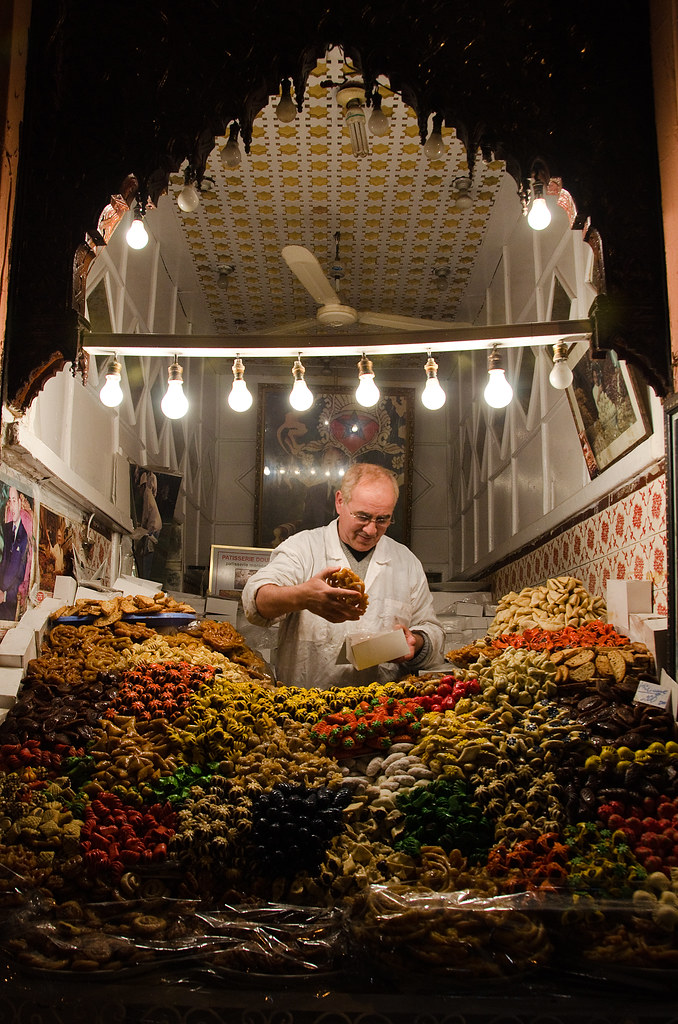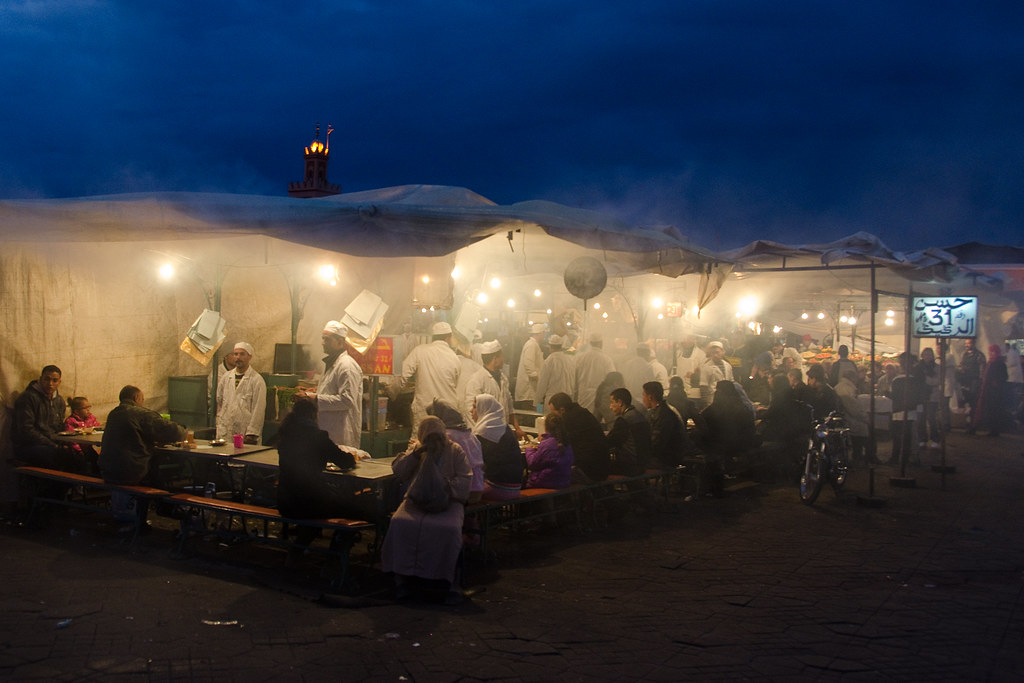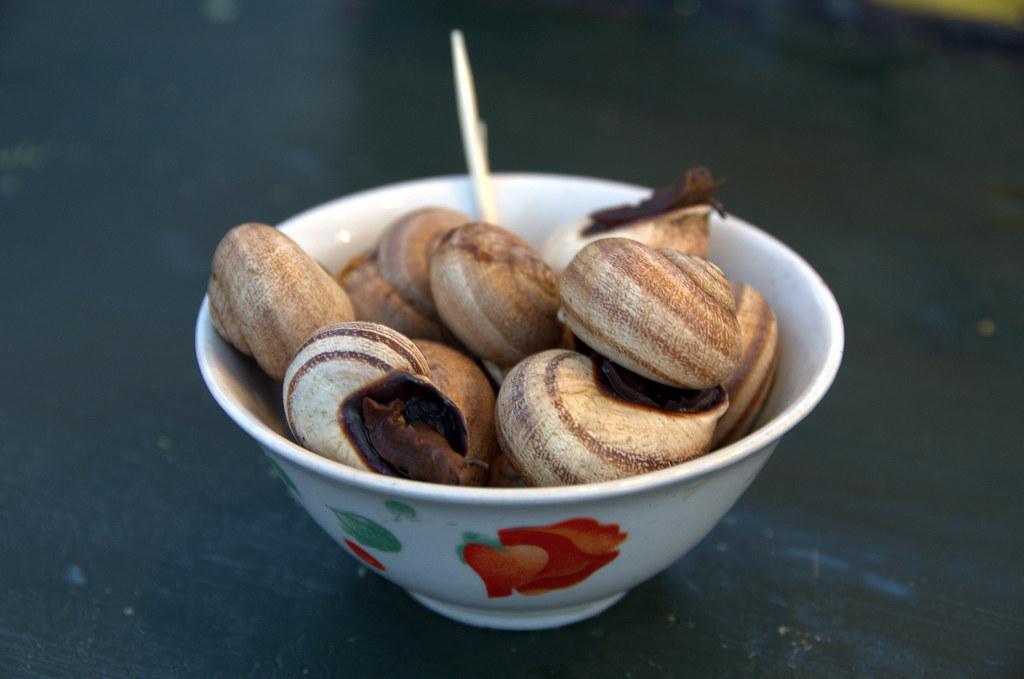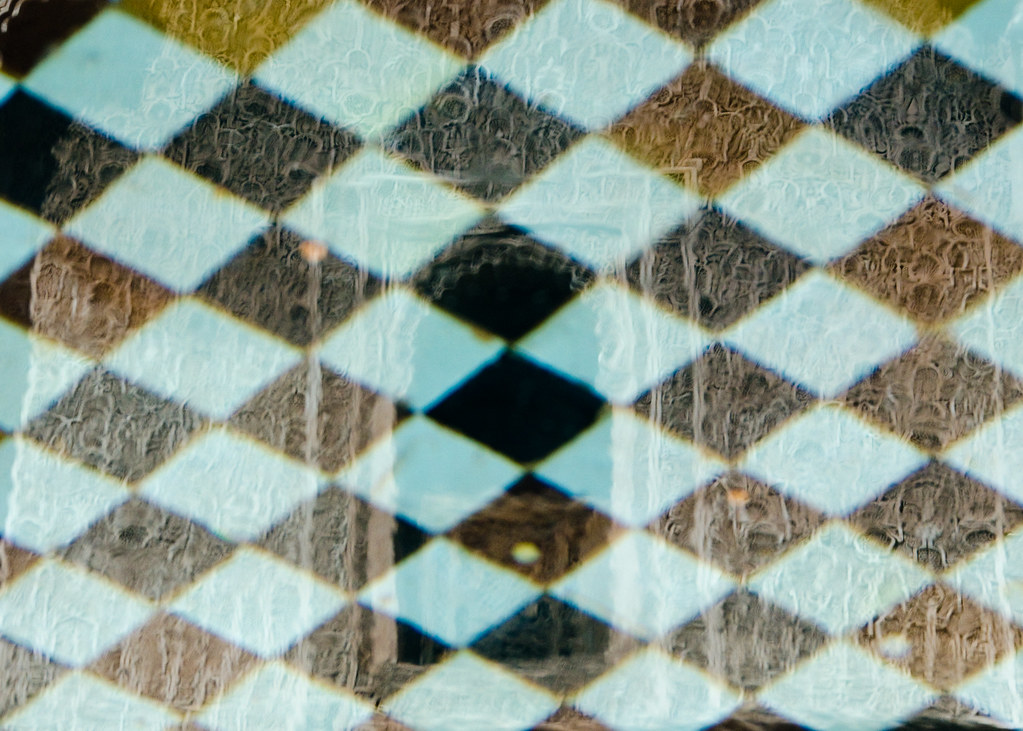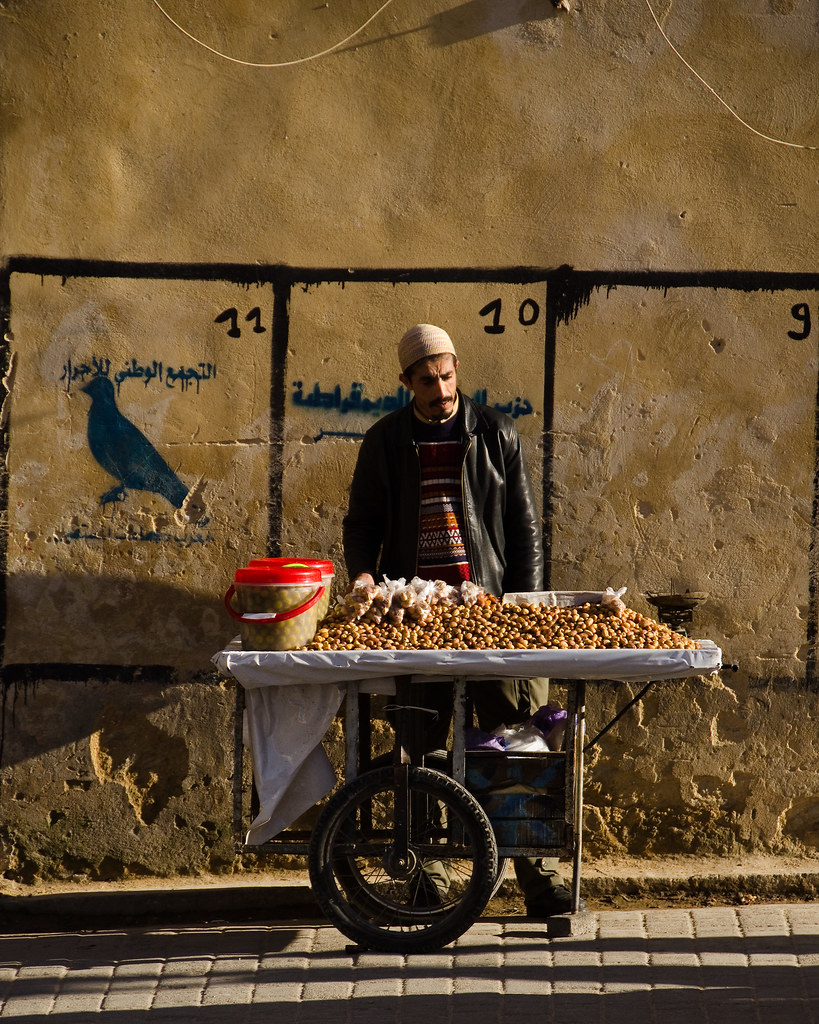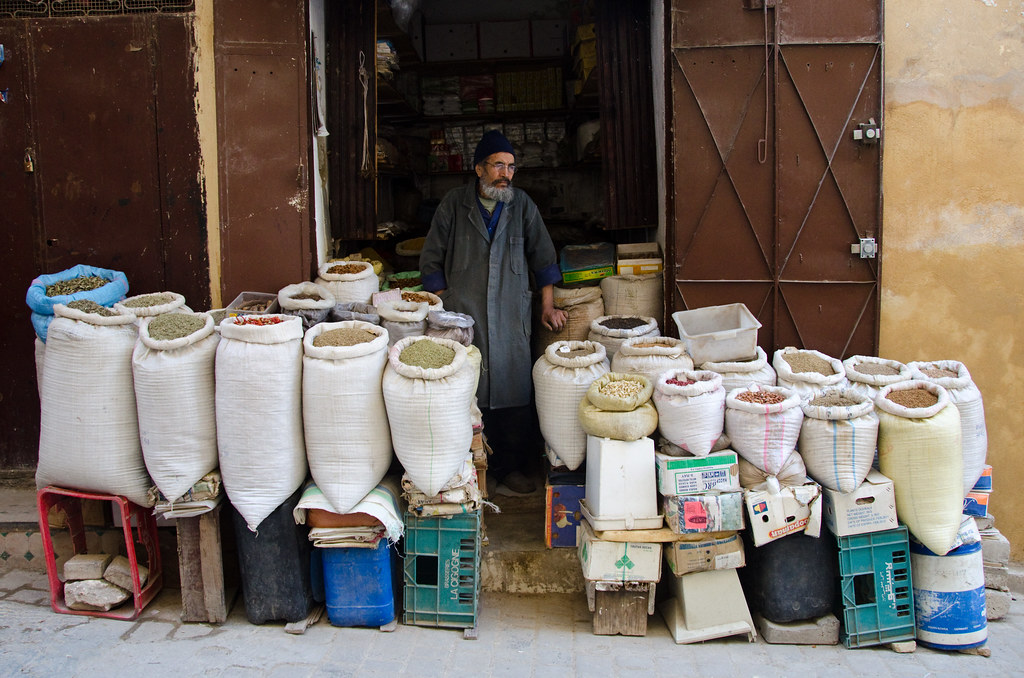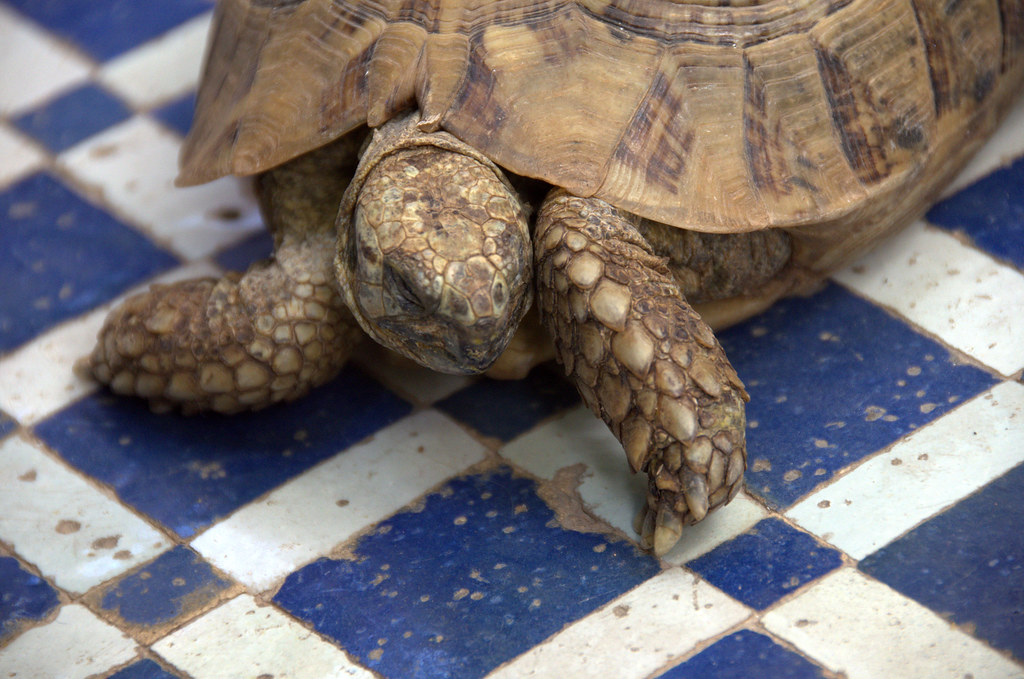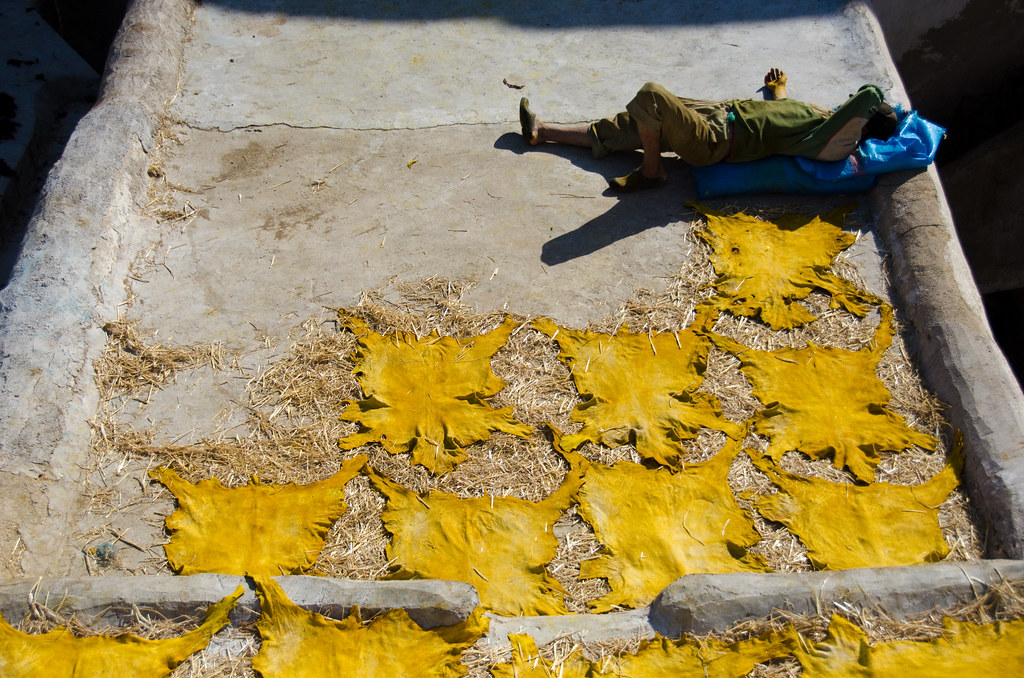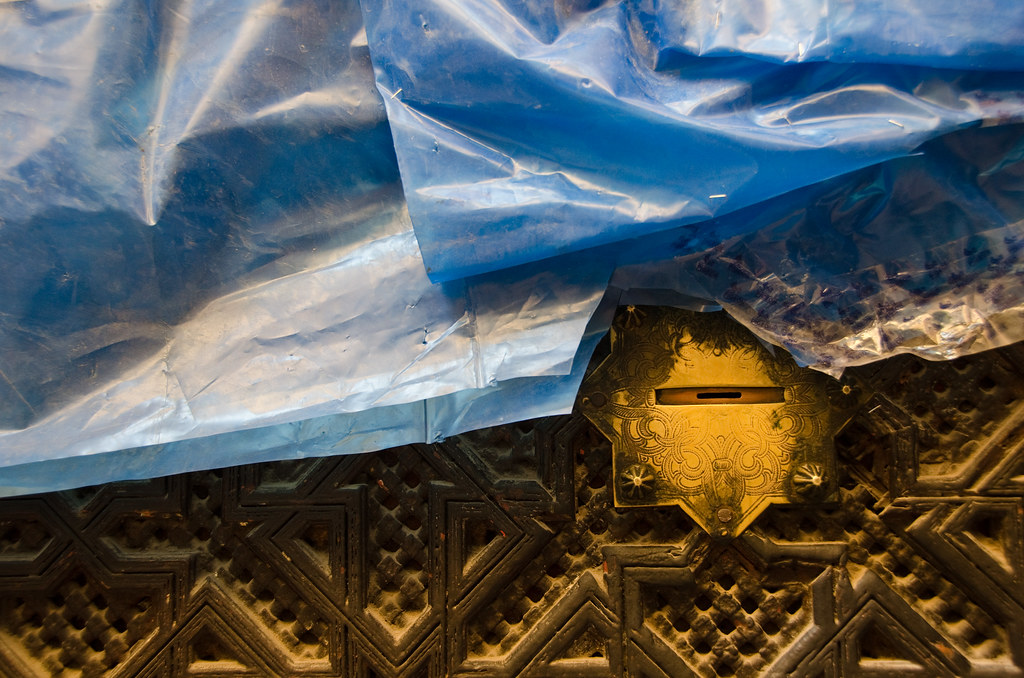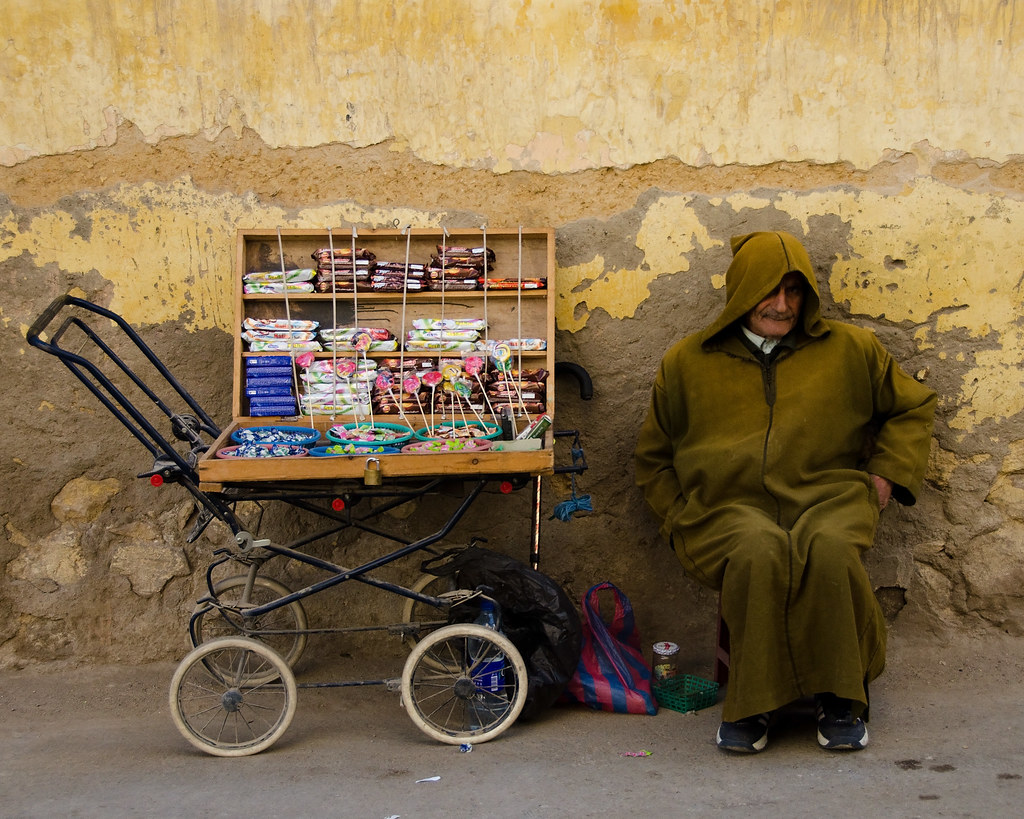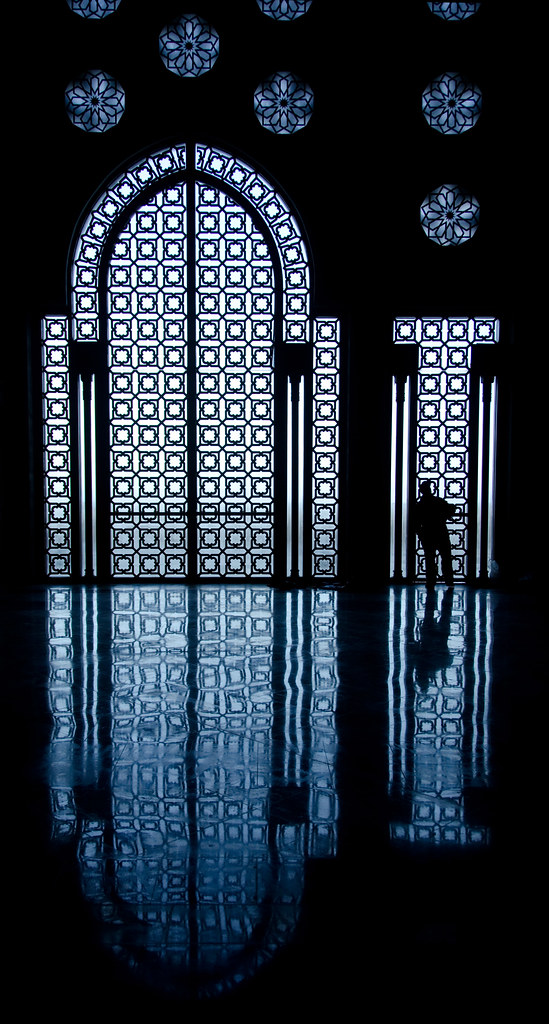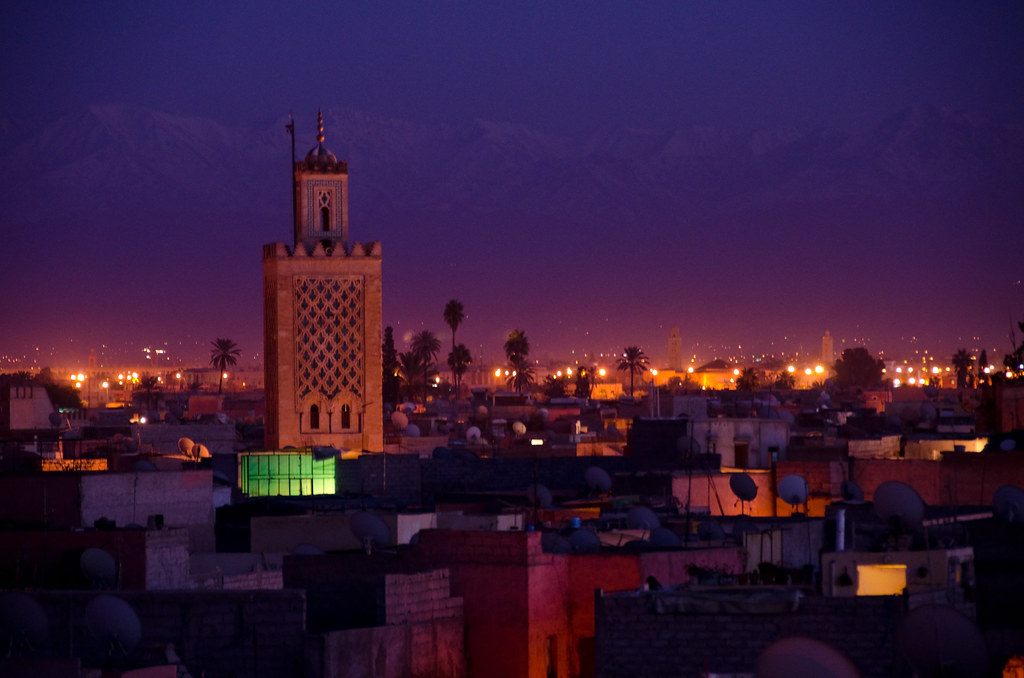
I discovered on this trip that everything I had previously known about the desert came from Bugs Bunny cartoons (or perhaps cartoons of inferior competitors). And one inevitable scene in those cartoons is that if you are wandering through the desert, your best hope is to find an oasis. You might think you see an oasis, but most likely it is just a mirage, and when you try to jump in the water of the oasis, you will wind up with a mouthful of sand. The mirage thing may not quite work like that, but the oases are real! Above, an oasis in the desert, with water, palm trees, and even a bunch of frogs.
Something else I learned about the Sahara: It's not all sand dunes, which are the parts you see in Bugs Bunny and/or National Geographic. The locals divide the desert into three types:
Erg, which are sand dunes;
reg, which is scattered rocks and pebbles; and
hamada, which is a flat plain of exposed stone or hard earth not unlike what golfers know as "hardpan." The majority of the Sahara is hamada and reg, as seen surrounding another oasis below. But the erg is the most photogenic, so that's where we'll go tomorrow.
